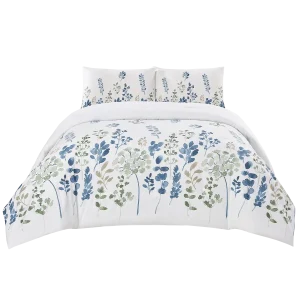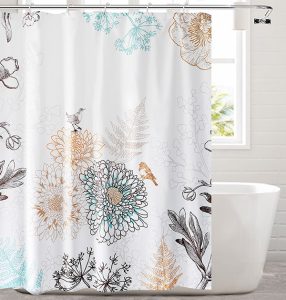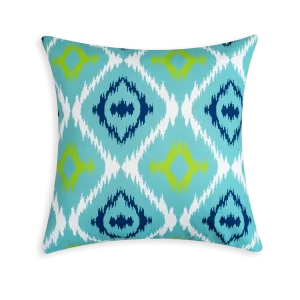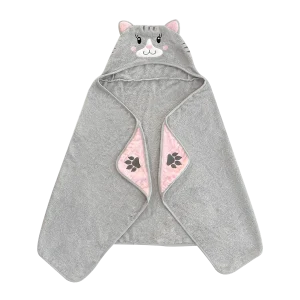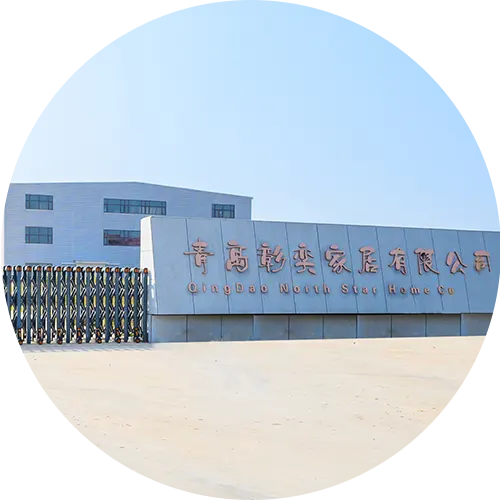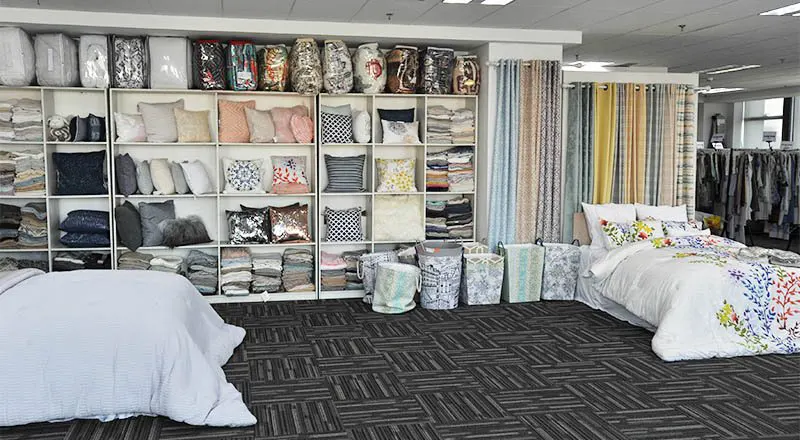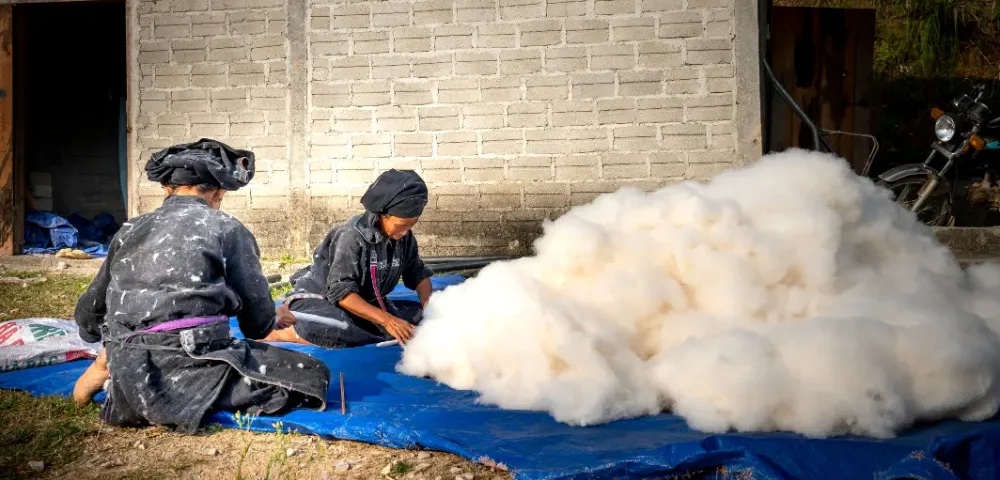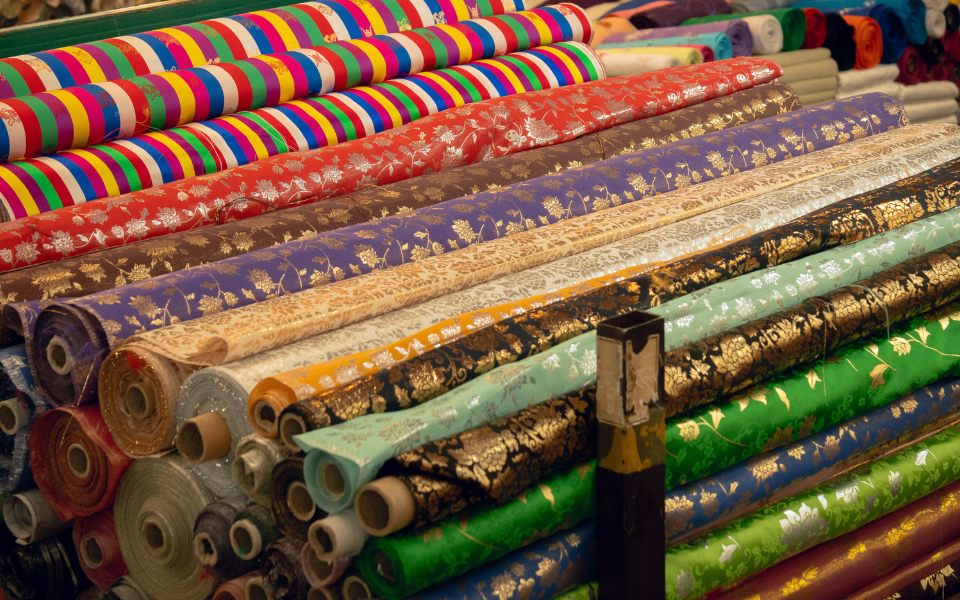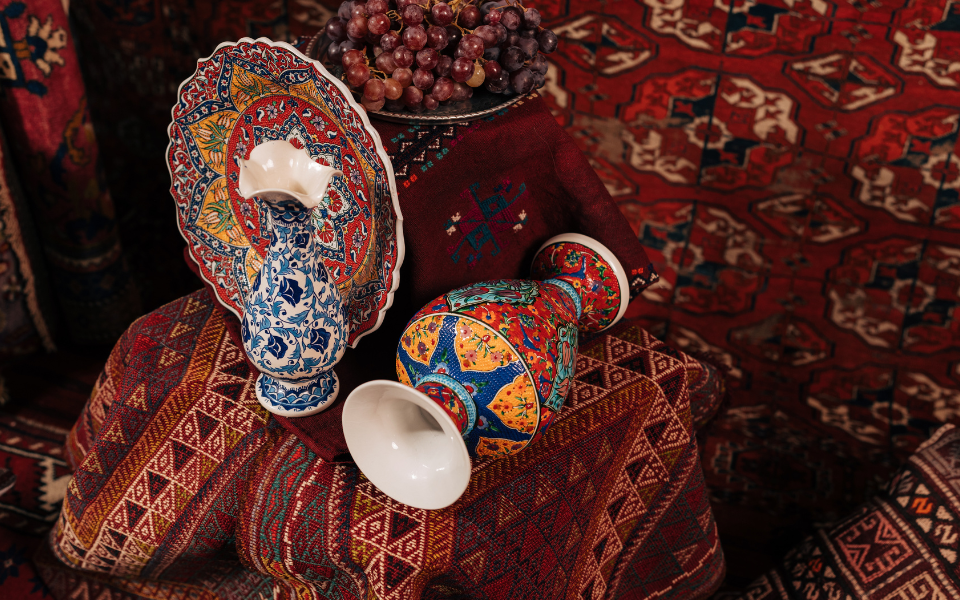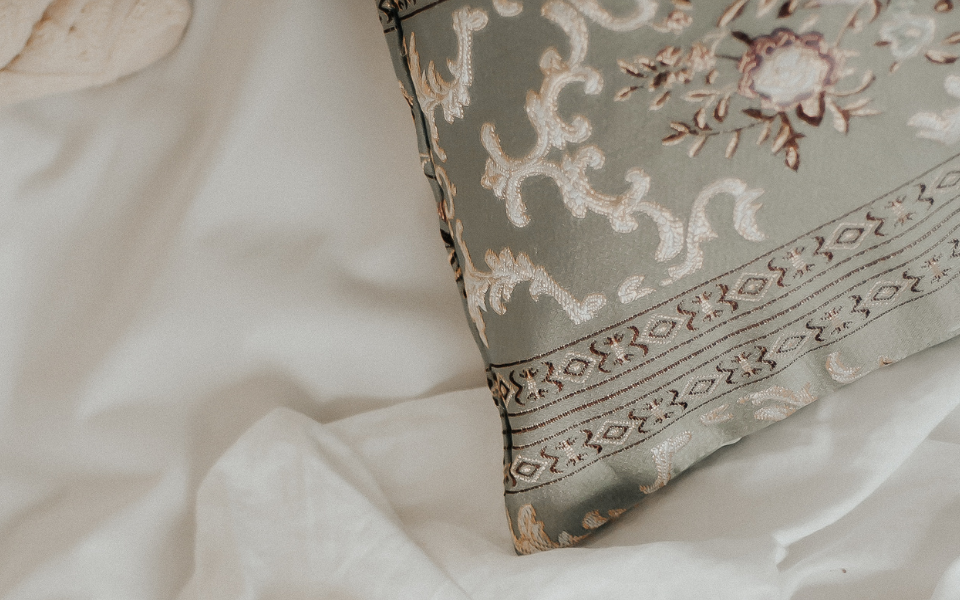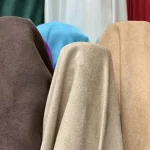
Exploring the Versatility of Polyester Faux Suede: A Comprehensive Guide
February 27, 2024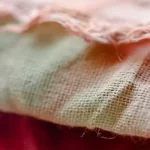
Intertextile Shanghai: A Must-Attend Event for Home Textile Buyers and Suppliers 2024
March 7, 2024In today’s fast-paced world, the textile industry stands as one of the largest contributors to environmental degradation and overconsumption. However, amidst growing concerns about sustainability, there lies a beacon of hope – the shift towards utilizing sustainable textile materials and promoting recycling initiatives.
Halting Overconsumption
Overconsumption of textiles has become a rampant issue, fueled by fast fashion trends and the constant desire for new clothing. This relentless cycle not only depletes finite resources but also generates vast amounts of waste. By advocating for sustainable textile materials, we can curb this culture of overconsumption. Rather than chasing fleeting trends, consumers are encouraged to invest in high-quality, timeless pieces that stand the test of time.
Quality Over Quantity
When it comes to sustainable fashion, “quality over quantity” is the golden rule. Durability and endurance are prioritized in sustainable textile materials, resulting in goods that can resist the test of time and trends. Purchasing durable clothes produced from eco-friendly materials like hemp, organic cotton, or recycled polyester can help customers lessen their impact on the environment.
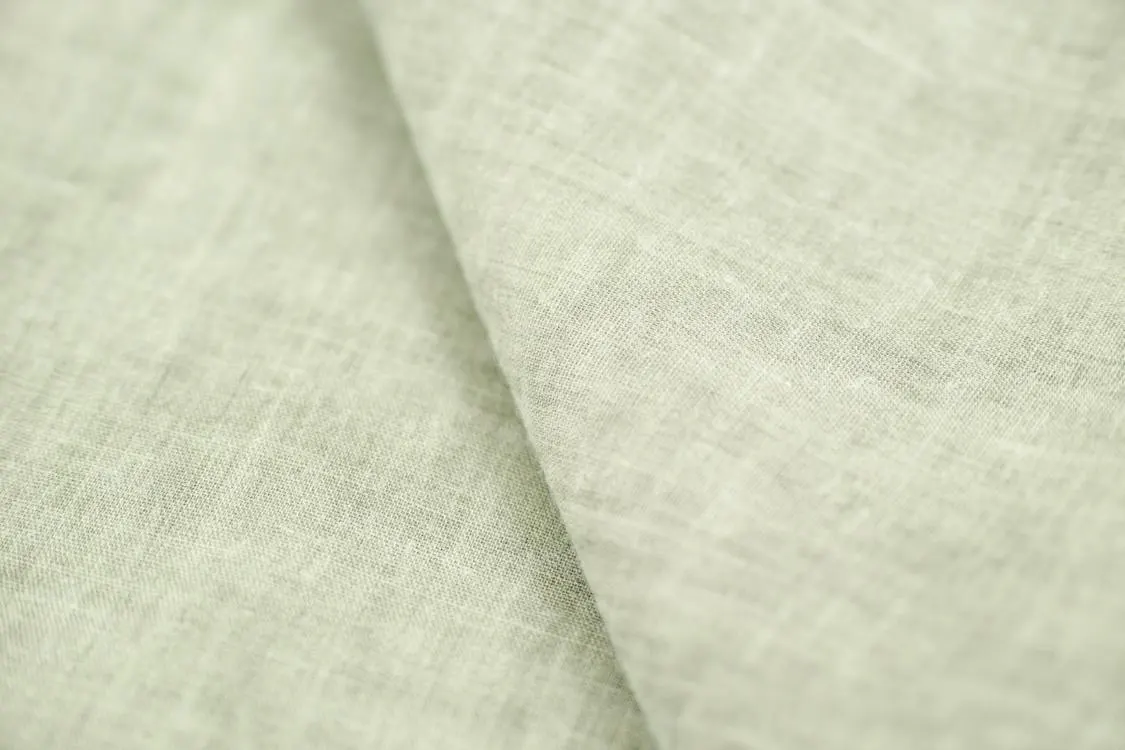
Recycling and Reutilization
The idea of recycling and reuse is fundamental to the philosophy of sustainable textiles. Recycling programs emphasize the reuse of materials, increasing their lives and decreasing waste, as opposed to throwing textiles away after little usage. Modern textile recycling methods allow used clothing to be recycled into new materials or used for different purposes, reducing the amount of virgin resources needed and lessening the impact on the environment.
Using sustainable textile materials promotes a more moral and conscientious industry in addition to being good for the environment. Through endorsing businesses that place a high priority on sustainability, customers may significantly influence good change in the textile industry. Moreover, businesses are realizing more and more the economic benefits of sustainable practices, which range from improved customer loyalty and brand recognition to cost savings via effective resource use.
Conclusion
To sum up, using sustainable textile materials is an important step in the fight against overconsumption and in encouraging environmental stewardship in the fashion sector. We can lead the way towards a future for textiles that is more ethical and sustainable by valuing quality over quantity, promoting sustainable companies, and embracing recycling programs. Let us unite to celebrate the revolutionary potential of sustainable fashion and to advocate for a society in which environmental responsibility and style coexist together.

